Undulating Moravian winery bridges culture and winemaking
The architecture of a winery by Chybik + Kristof in the Czech Republic helps it to fulfil a new role as a cultural and community hub, as well as supporting one of the country's largest wine producers
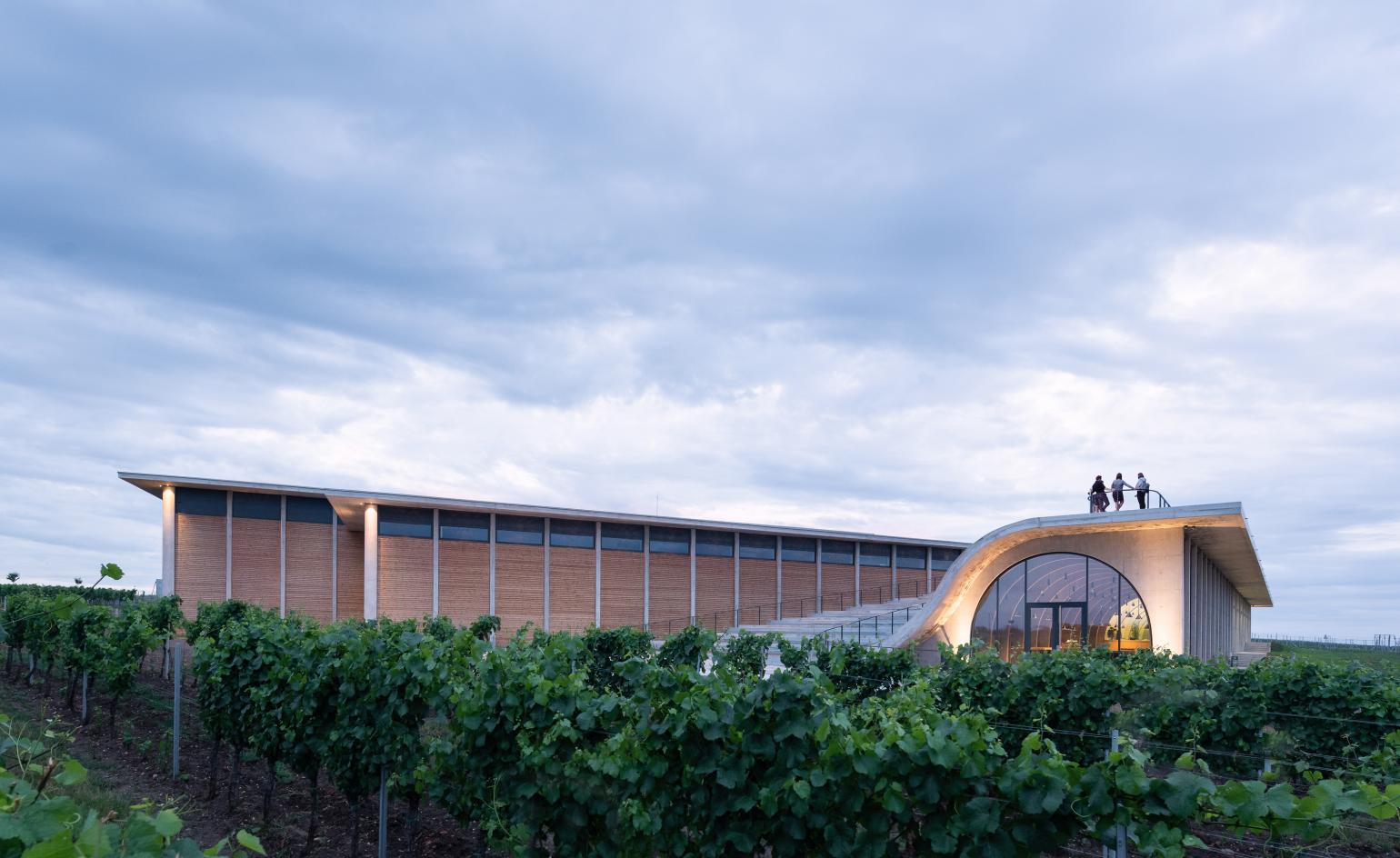
Architecture practice Chybik + Kristof has designed a new building for the Lahofer Winery in the Czech Republic’s historic Moravian wine producing region. Immersed in the landscape, the new design includes a visitor centre, tasting room, offices and production facilities, all interconnected beneath an undulating roof.
Established in 2003 and set over 430 hectares, the winery is one of the largest wine producers in the Czech Republic. Its name derives from the Dobšice artist and woodcarver Jan Lahofer and the business prides itself in combining the local wine traditions with contemporary wine-making processes.
Architects Ondřej Chybík and Michal Krištof, who founded their practice in 2010 and now have offices in Prague, Brno and Bratislava, are often informed by the context and landscape of the site they work with. For the Lahofer Winery design, they responded directly to the topography of the landscape and the local heritage for the design.
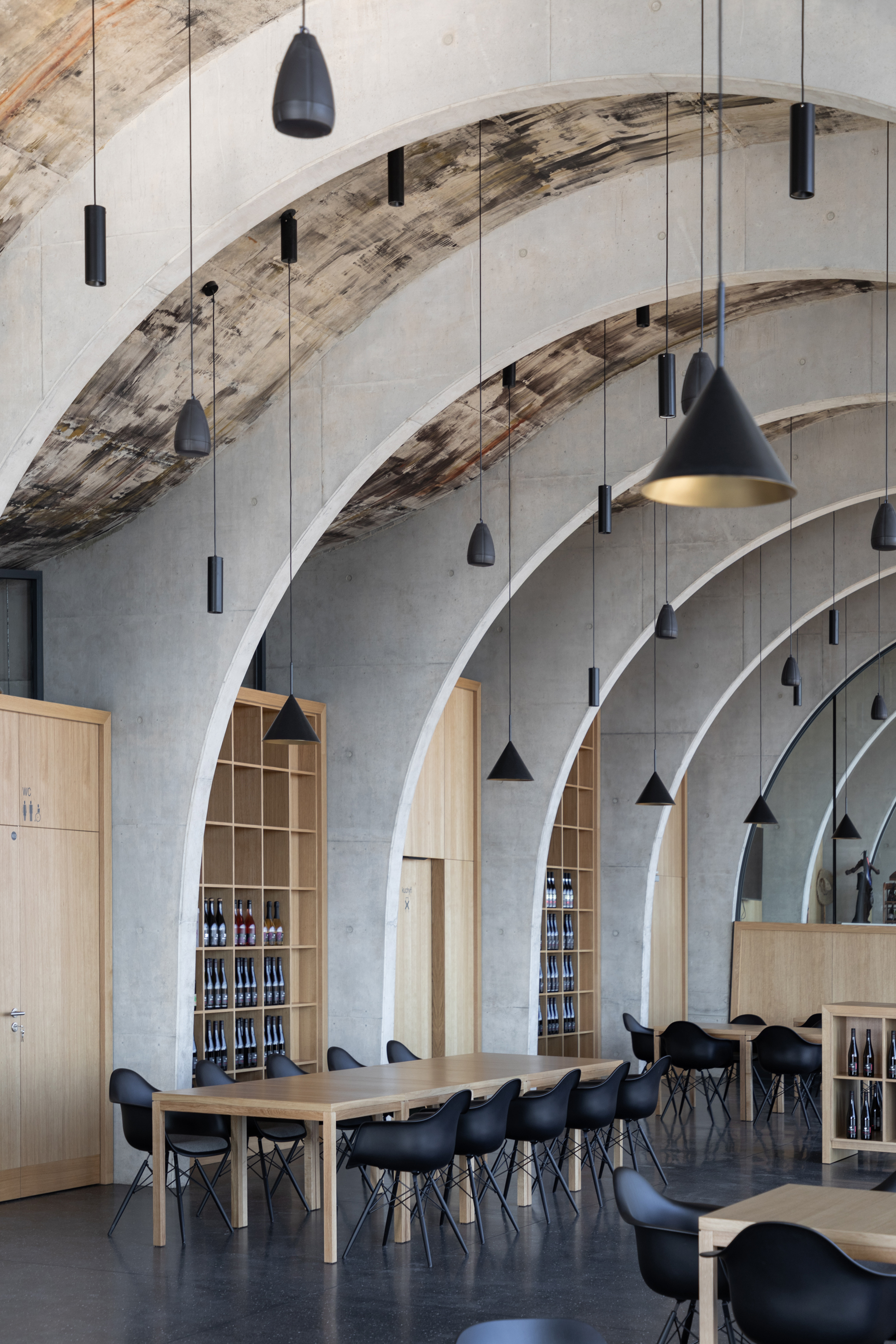
Echoing the traditional wine cellars of the region, the building features a sequence of vaulted beams. While the shapes and general framework might follow historic examples, the materials used show that the design is entirely of its time. A glass facade brings plenty of light into the interior, while the rib construction of the arches is expressed in exposed concrete. The ceiling features an abstract mural painted by Czech contemporary artist Patrik Hábl – the colours are lifted from the earthy reds and blacks of the soil, and the deep browns and beiges of the terroir.
Wine production is housed in two halls of different heights. The first, lower, hall is for wine-making and employee facilities, while the temperature controlled second hall features the wine press, the cellar, and the wine store.
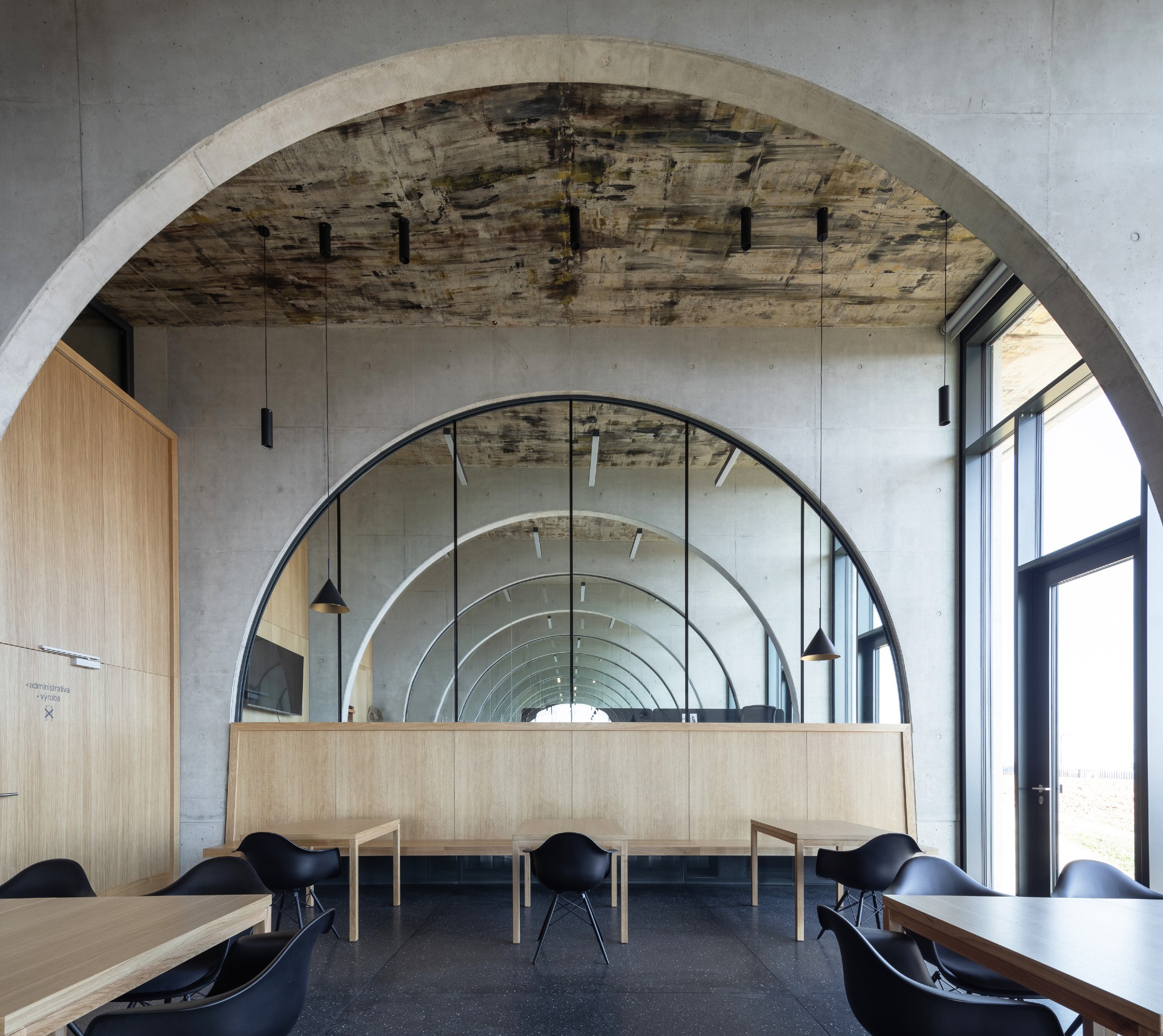
As well as sheltering production functions, the very contemporary addition of the undulating roof, that drapes over the arches, creates a modern vision for the winery as a local cultural hub too. The roof forms an open-air amphitheatre for cultural events, where visitors can climb up to enjoy the views of the surrounding vines or sit to enjoy a musical performance.
Chybík and Krištof explain the concept: ‘The design of the Lahofer Winery is deeply rooted in nature, and in the respect thereof. At a time when culture and nature appear to be antagonistic forces, we envision a space reflective of the longstanding symbiosis between the two in the region – one that profoundly respects the environment on which it rests. The structure unfolds into the native terrain, immerses itself into the surrounding vine rows, thereby preserving the essence and integrity of both soil and culture. Additionally, moving beyond a purely productive viewpoint, we prioritize the visitor experience, notably by allocating the roof as a public space open to local and international visitors – an experience essential to the understanding and appreciation of the wine.'
Receive our daily digest of inspiration, escapism and design stories from around the world direct to your inbox.

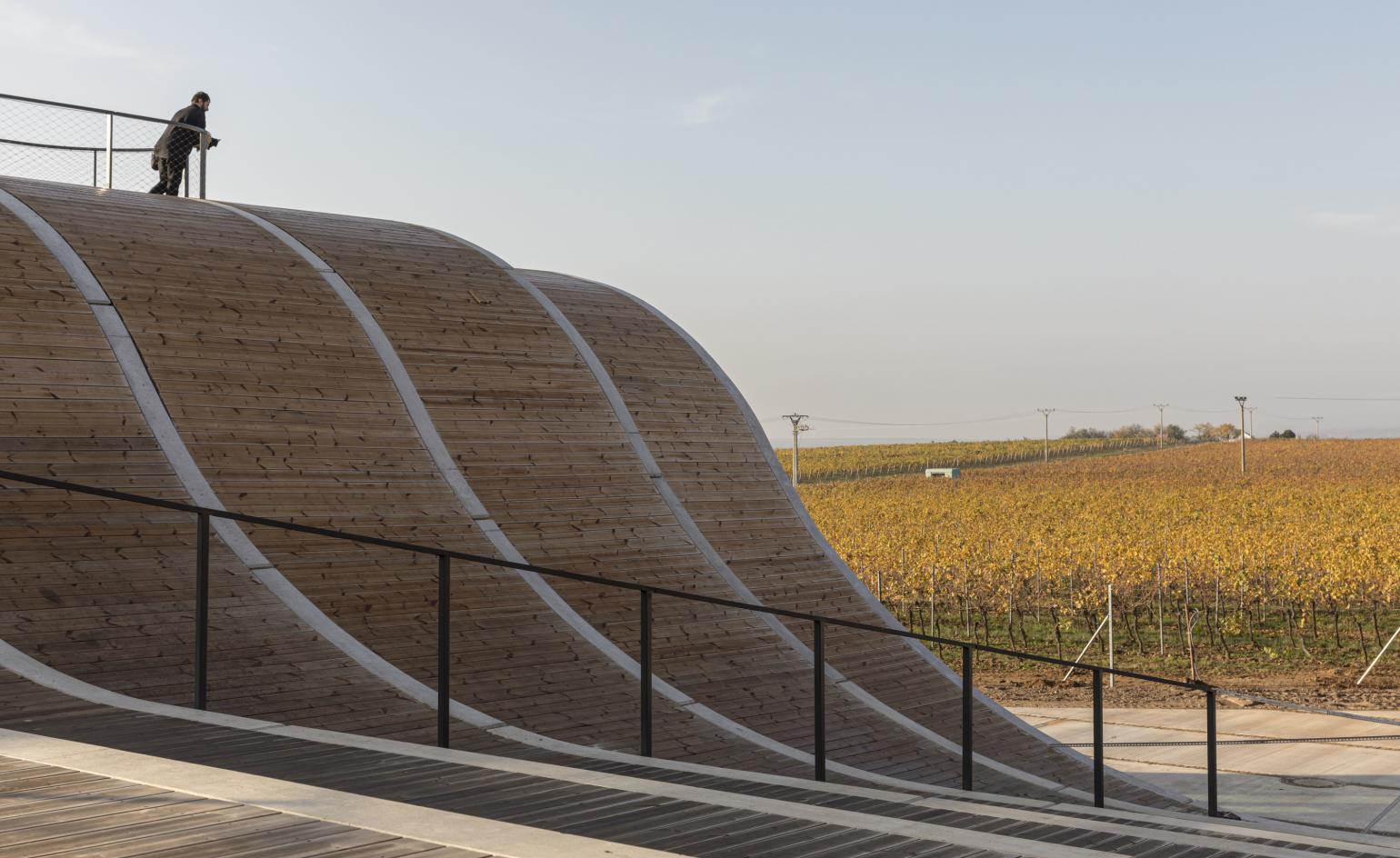
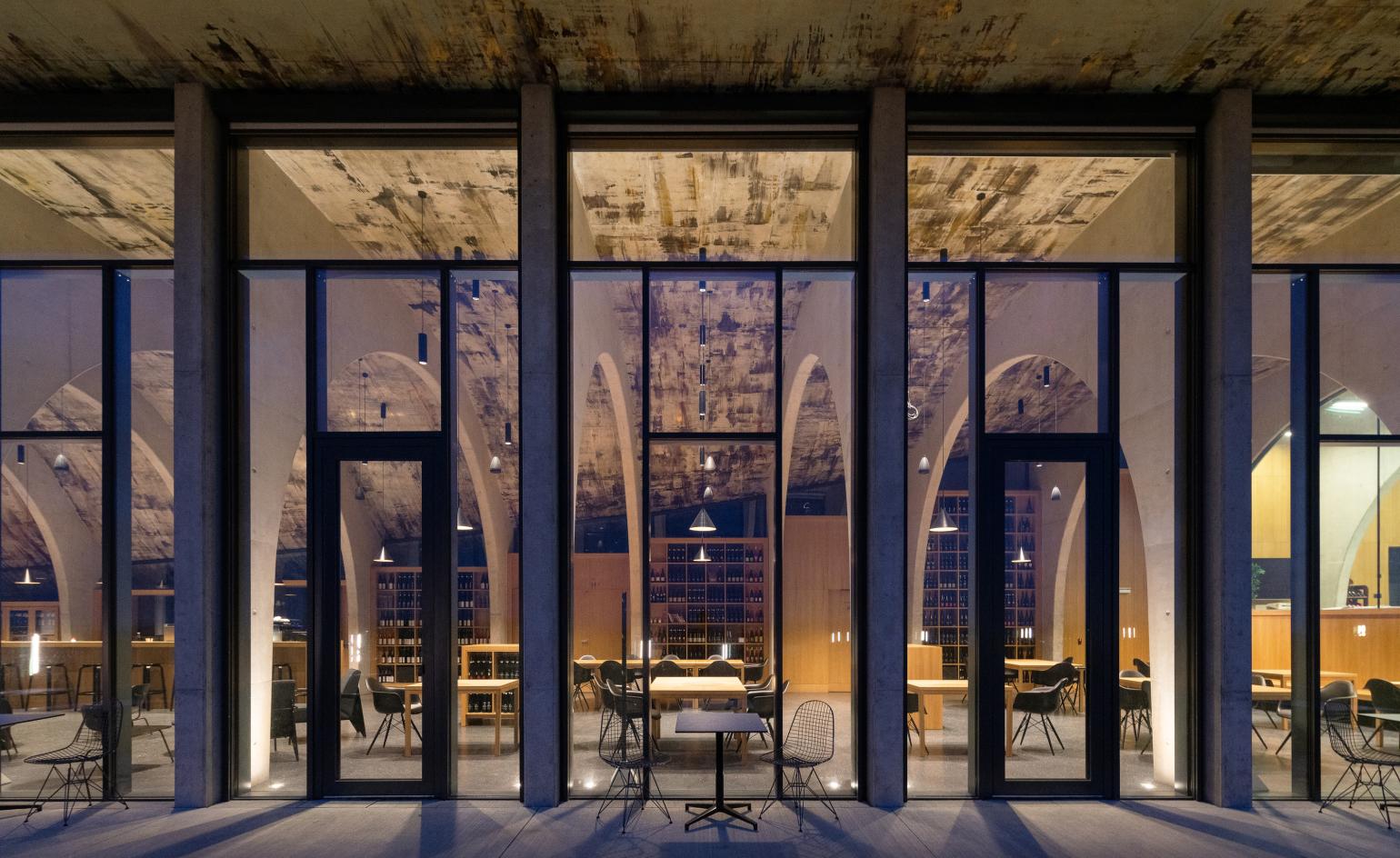
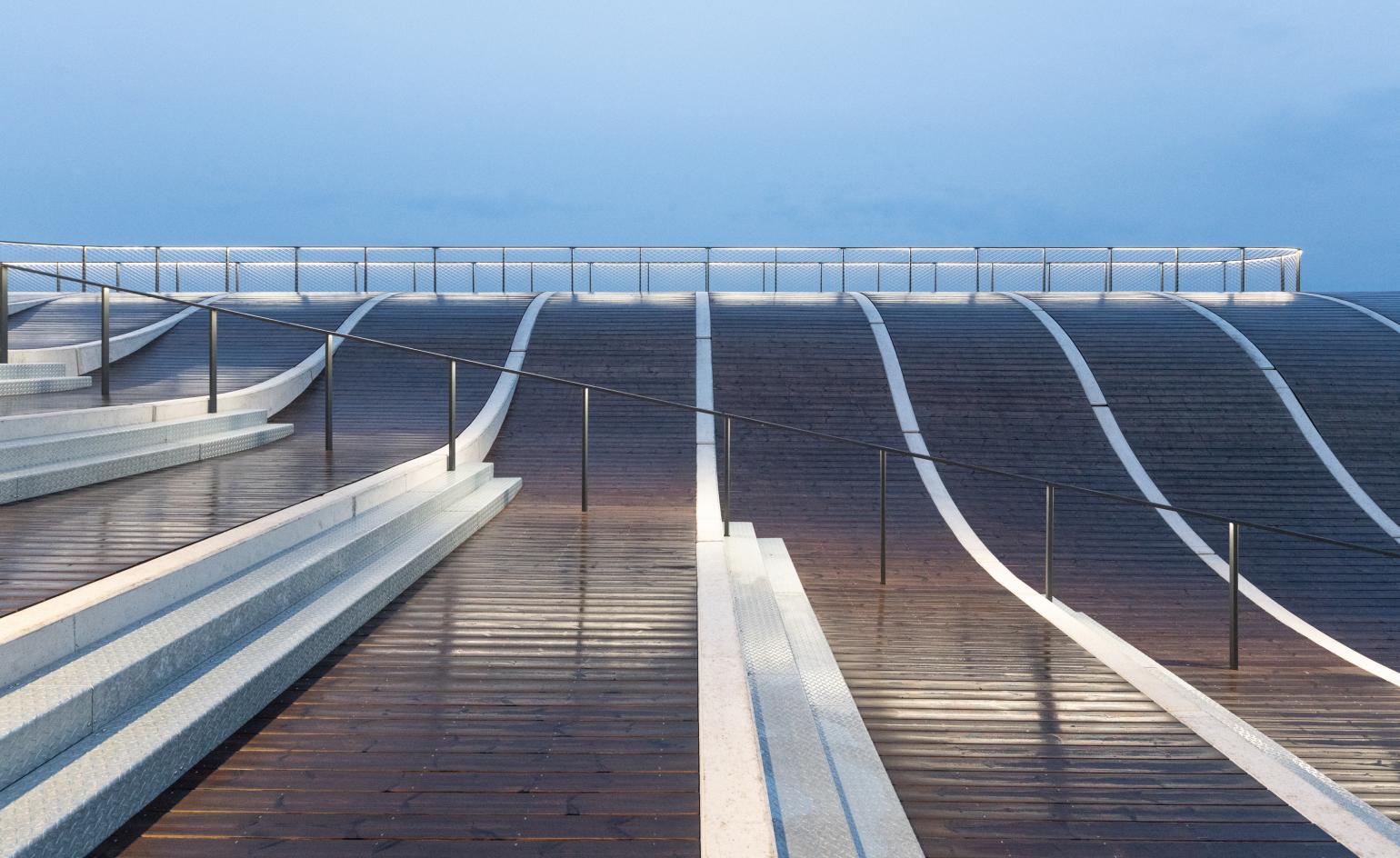


INFORMATION
Harriet Thorpe is a writer, journalist and editor covering architecture, design and culture, with particular interest in sustainability, 20th-century architecture and community. After studying History of Art at the School of Oriental and African Studies (SOAS) and Journalism at City University in London, she developed her interest in architecture working at Wallpaper* magazine and today contributes to Wallpaper*, The World of Interiors and Icon magazine, amongst other titles. She is author of The Sustainable City (2022, Hoxton Mini Press), a book about sustainable architecture in London, and the Modern Cambridge Map (2023, Blue Crow Media), a map of 20th-century architecture in Cambridge, the city where she grew up.
-
 The Bombardier Global 8000 flies faster and higher to make the most of your time in the air
The Bombardier Global 8000 flies faster and higher to make the most of your time in the airA wellness machine with wings: Bombardier’s new Global 8000 isn’t quite a spa in the sky, but the Canadian manufacturer reckons its flagship business jet will give your health a boost
-
 A former fisherman’s cottage in Brittany is transformed by a new timber extension
A former fisherman’s cottage in Brittany is transformed by a new timber extensionParis-based architects A-platz have woven new elements into the stone fabric of this traditional Breton cottage
-
 New York's members-only boom shows no sign of stopping – and it's about to get even more niche
New York's members-only boom shows no sign of stopping – and it's about to get even more nicheFrom bathing clubs to listening bars, gatekeeping is back in a big way. Here's what's driving the wave of exclusivity
-
 How to build a home wine cellar
How to build a home wine cellarOur resident drinks writer takes us through his own experiences on building the dream wine cellar at home including his favourite wines to stock up on now
-
 Inside Domaine Evremond, the UK’s first subterranean winery
Inside Domaine Evremond, the UK’s first subterranean winery‘Sparkling wine should be fun.’ We tour Domaine Evremond in Kent, a winery steeped in the English countryside
-
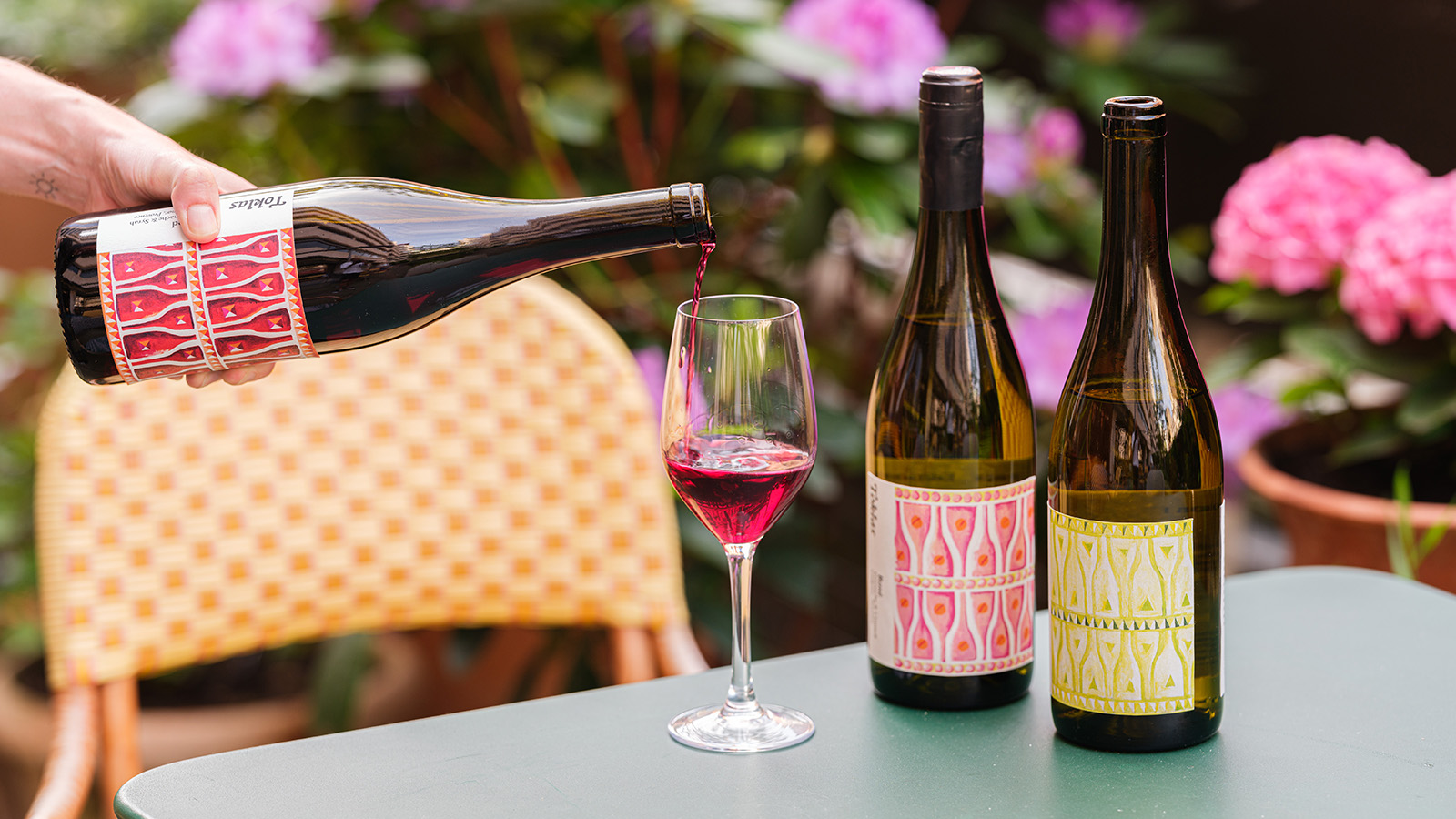 Toklas’ own-label wine is a synergy of art, taste and ‘elevated simplicity’
Toklas’ own-label wine is a synergy of art, taste and ‘elevated simplicity’Toklas, a London restaurant and bakery, have added another string to its bow ( and menu) with a trio of cuvées with limited-edition designs
-
 Château Galoupet is teaching the world how to drink more responsibly
Château Galoupet is teaching the world how to drink more responsiblyFrom reviving an endangered Provençal ecosystem to revisiting wine packaging, Château Galoupet aims to transform winemaking from terroir to bottle
-
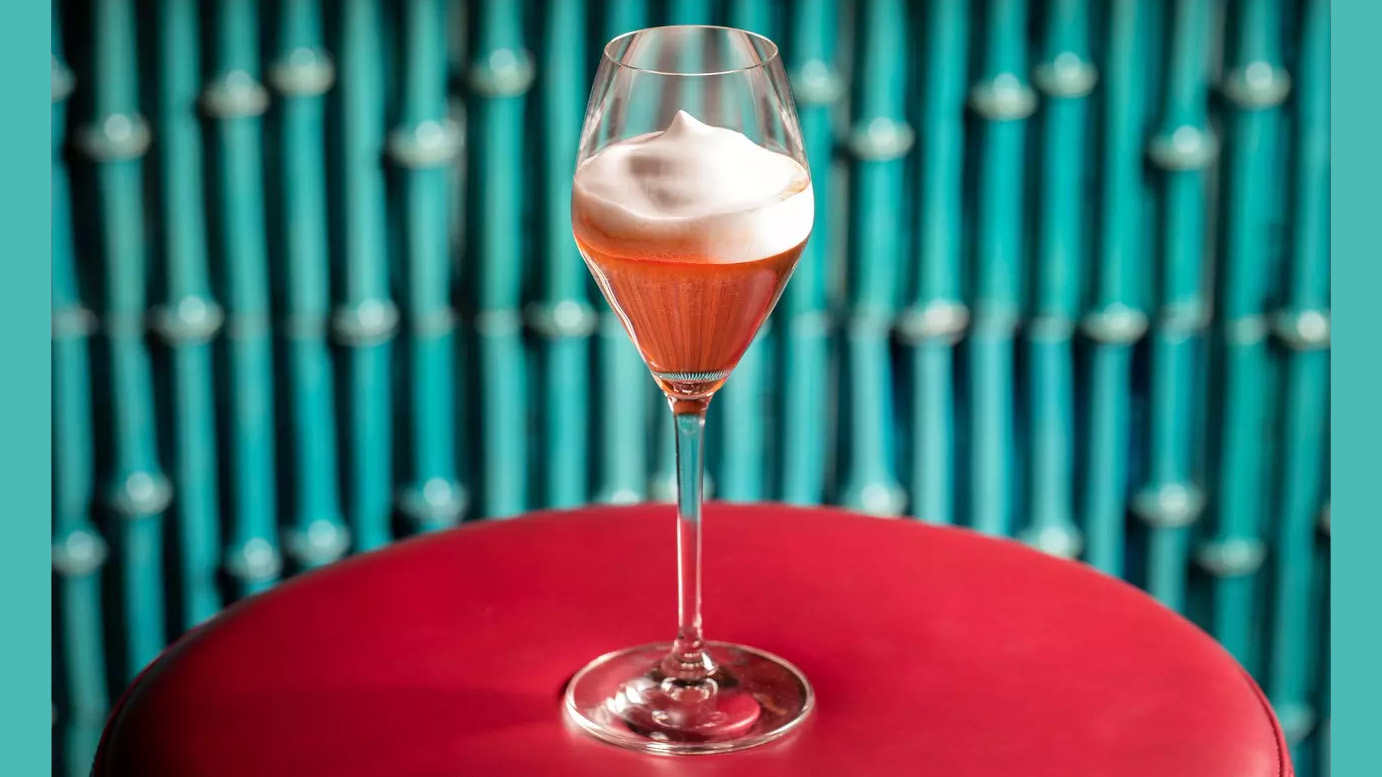 London’s most refreshing summer cocktail destinations
London’s most refreshing summer cocktail destinationsCool down in the sweltering city with a visit to London’s summer cocktail destinations
-
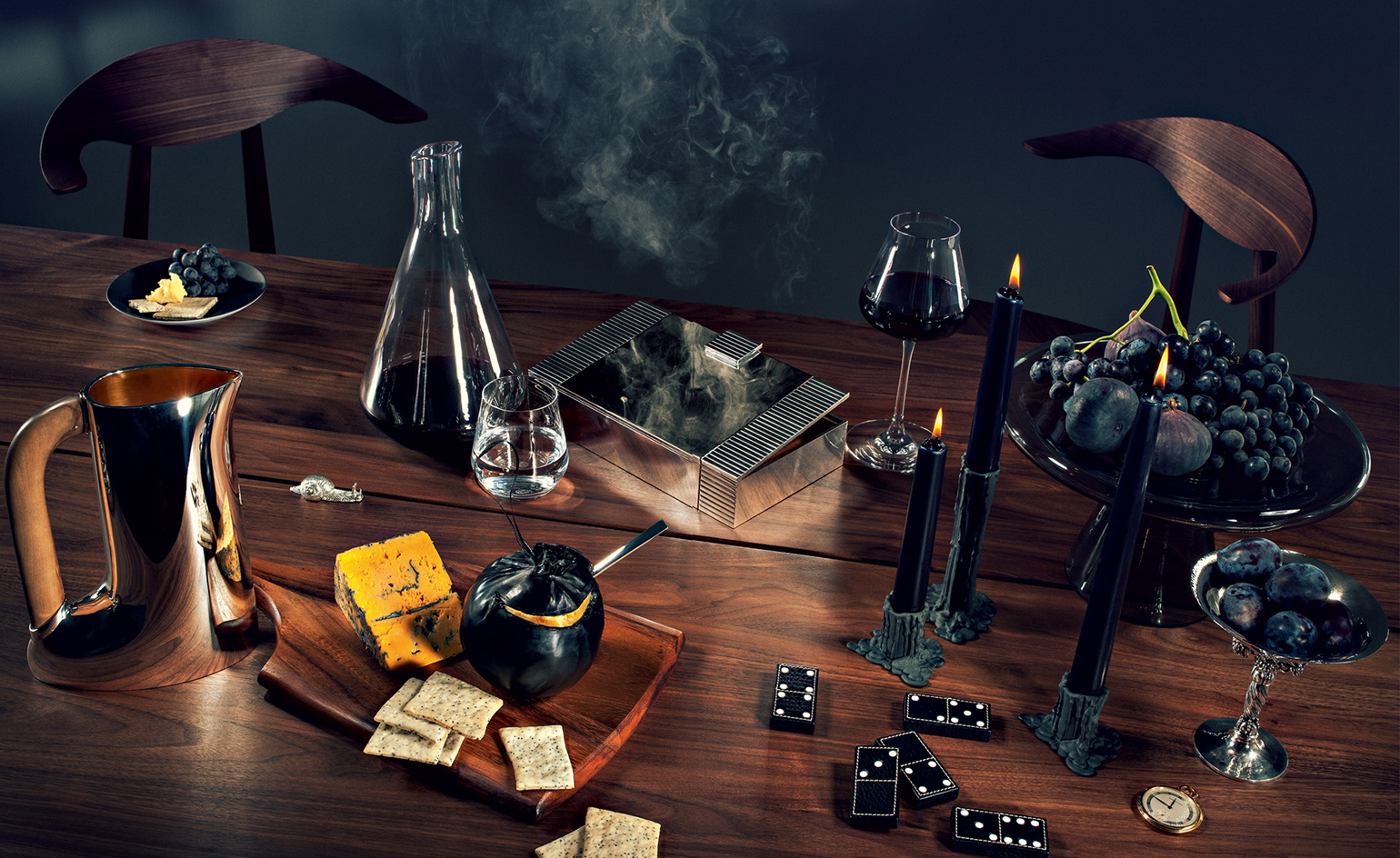 Learn how to curate a simple cheese board with perfect port pairings
Learn how to curate a simple cheese board with perfect port pairingsThe experts at artisan cheesemonger Paxton & Whitfield share tips for curating a simple but sophisticated cheese board, with port and cheese pairings for every taste
-
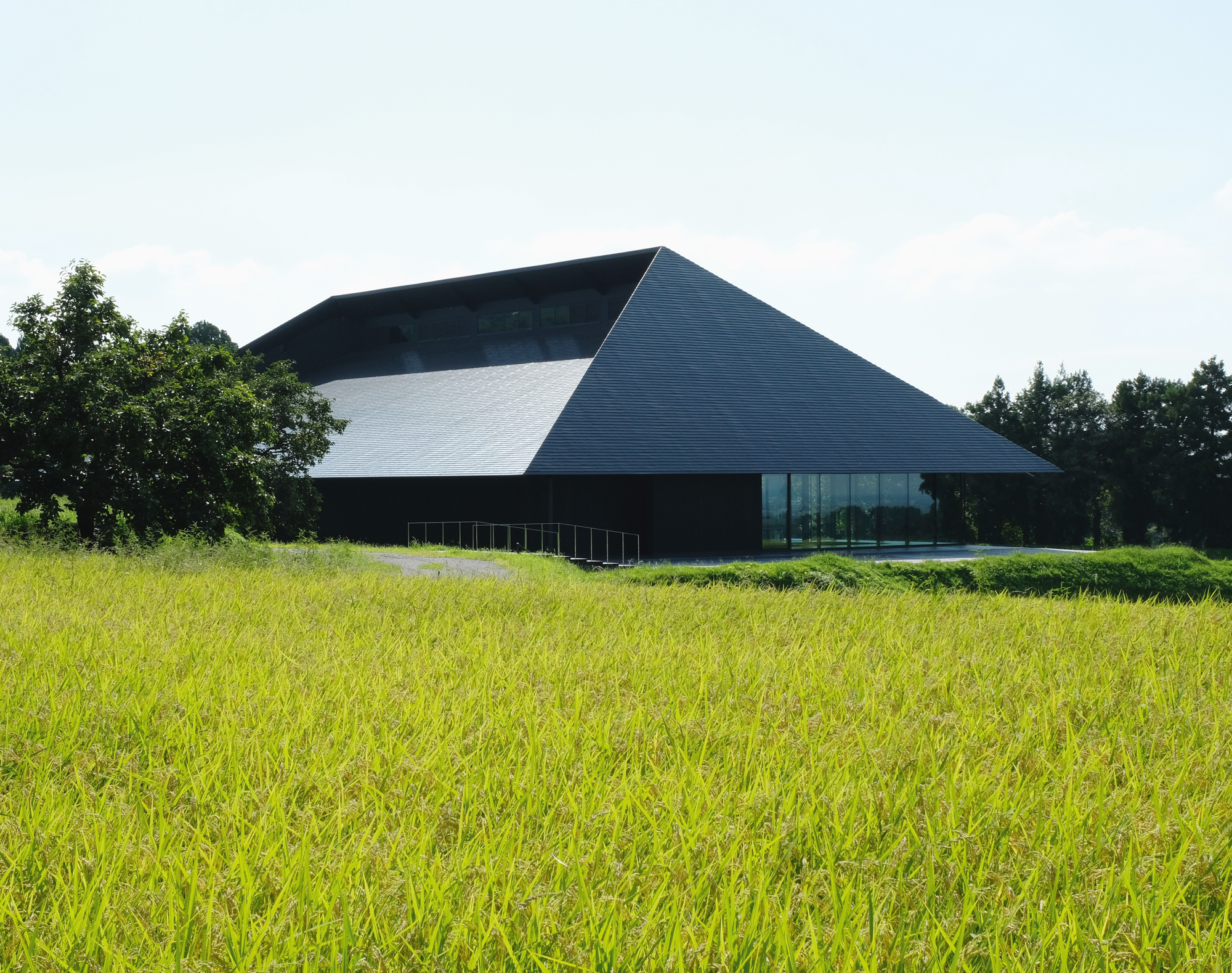 IWA sake brewery by Kengo Kuma is Best Roofscape: Wallpaper* Design Awards 2022
IWA sake brewery by Kengo Kuma is Best Roofscape: Wallpaper* Design Awards 2022IWA sake brewery in Japan, by Kengo Kuma & Associates, scoops Best Roofscape at the Wallpaper* Design Awards 2022
-
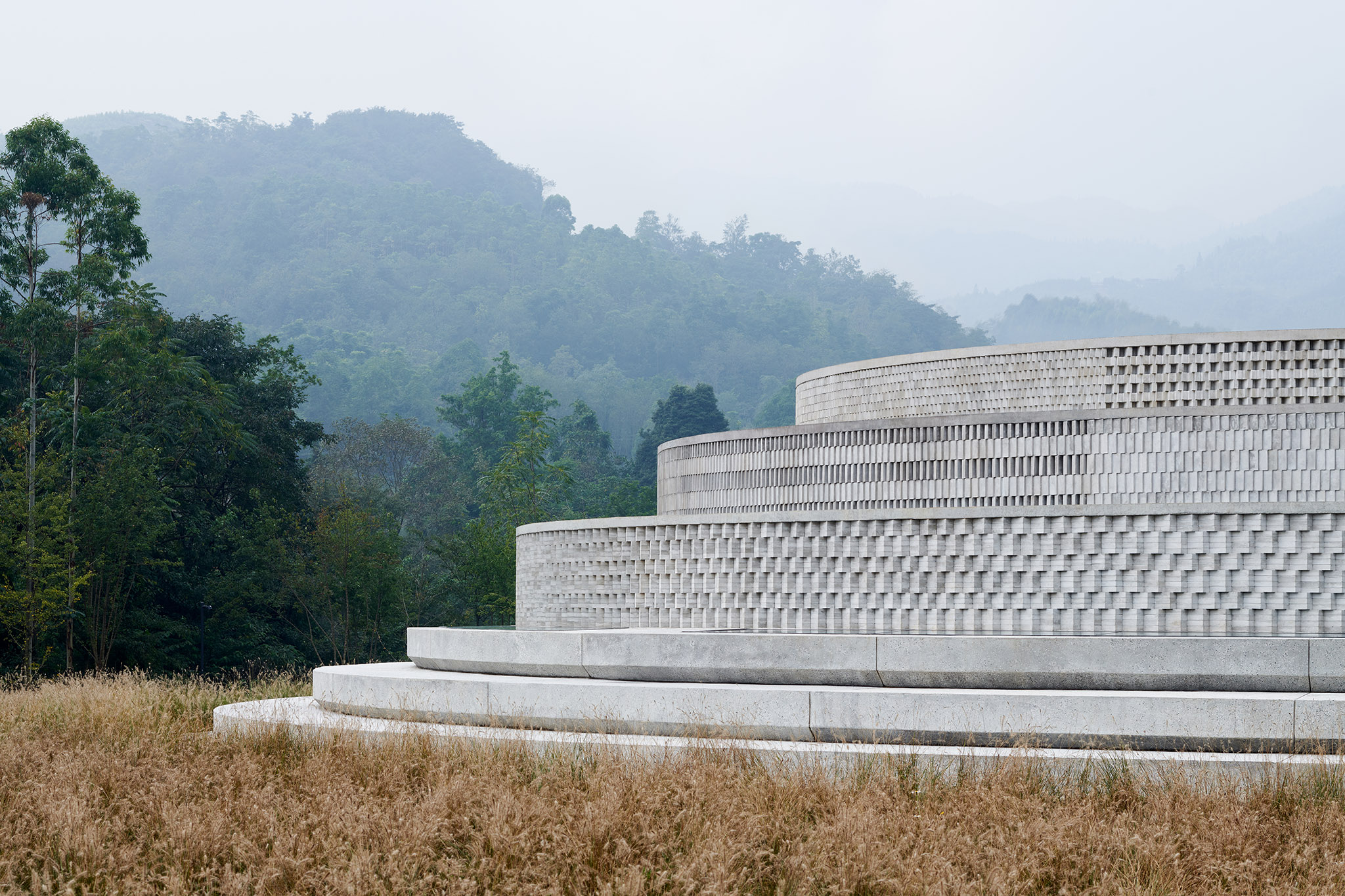 The Chuan Malt Whisky Distillery by Neri & Hu offers a twist on Chinese tradition
The Chuan Malt Whisky Distillery by Neri & Hu offers a twist on Chinese traditionNeri & Hu designs headquarters for The Chuan Malt Whisky Distillery in China's Sichuan province